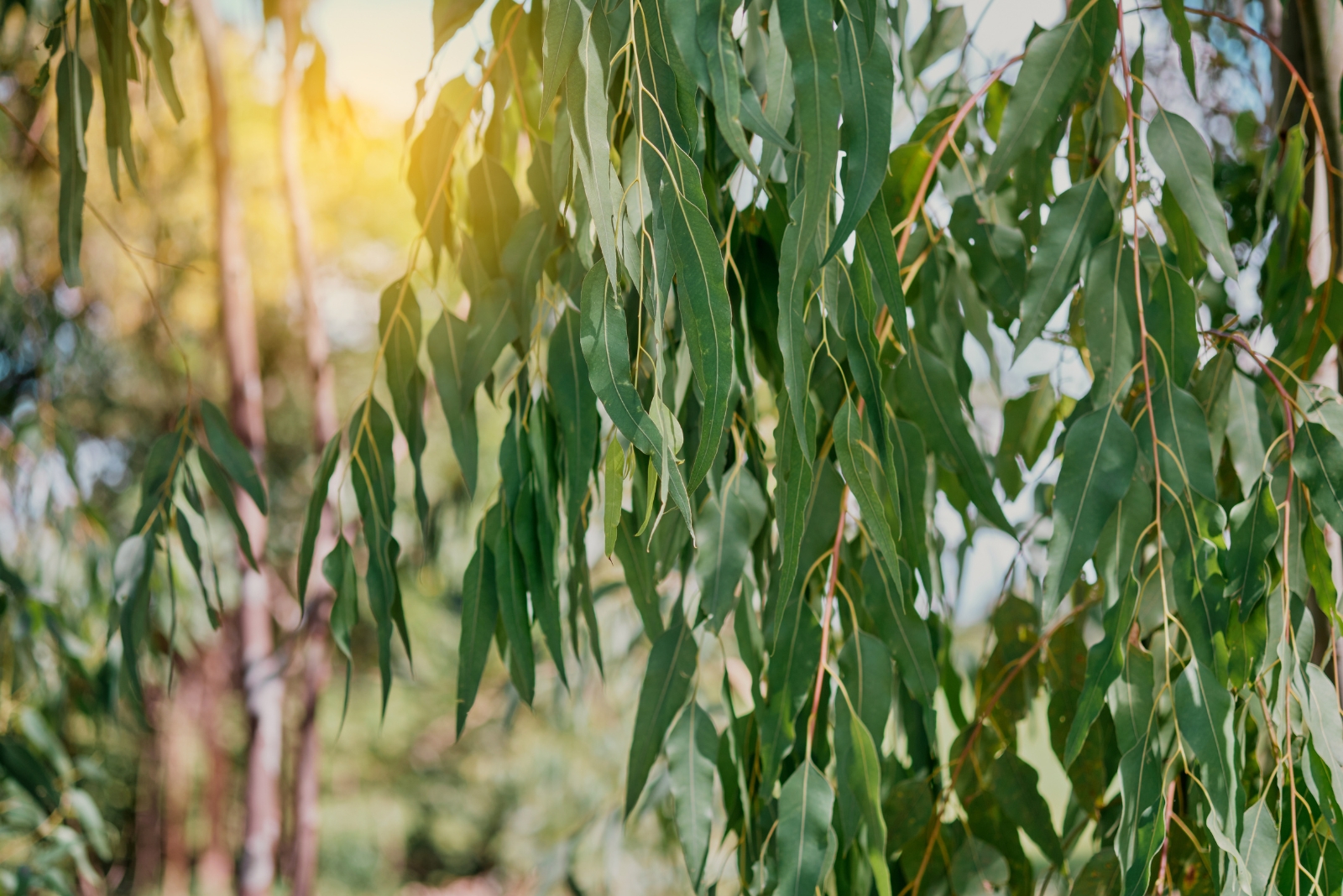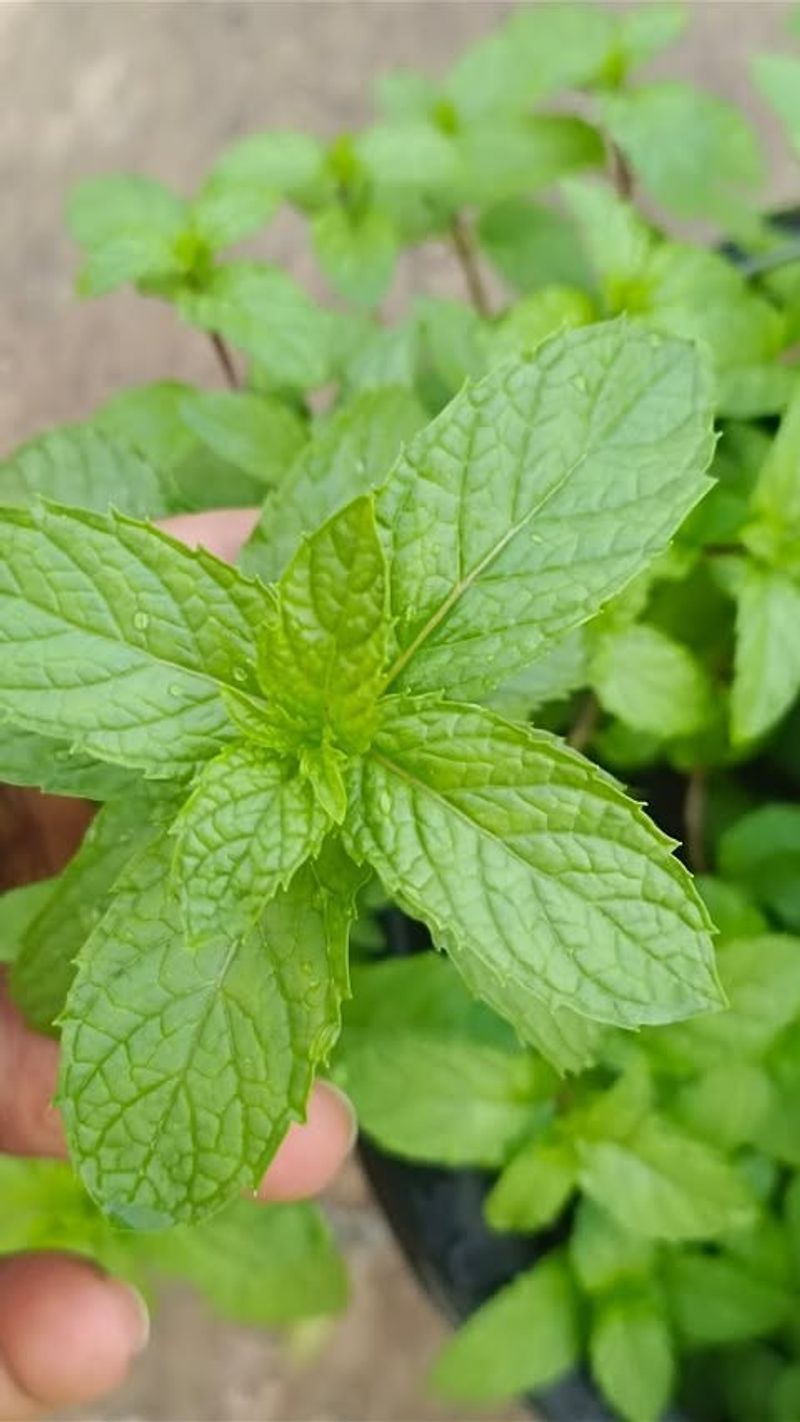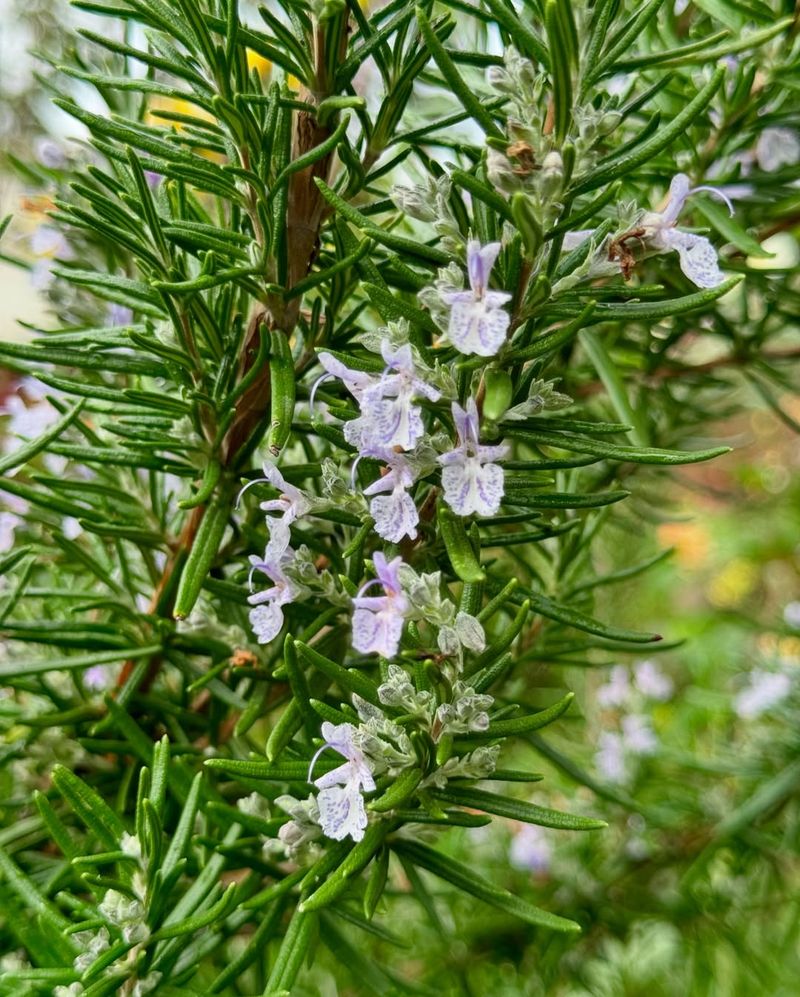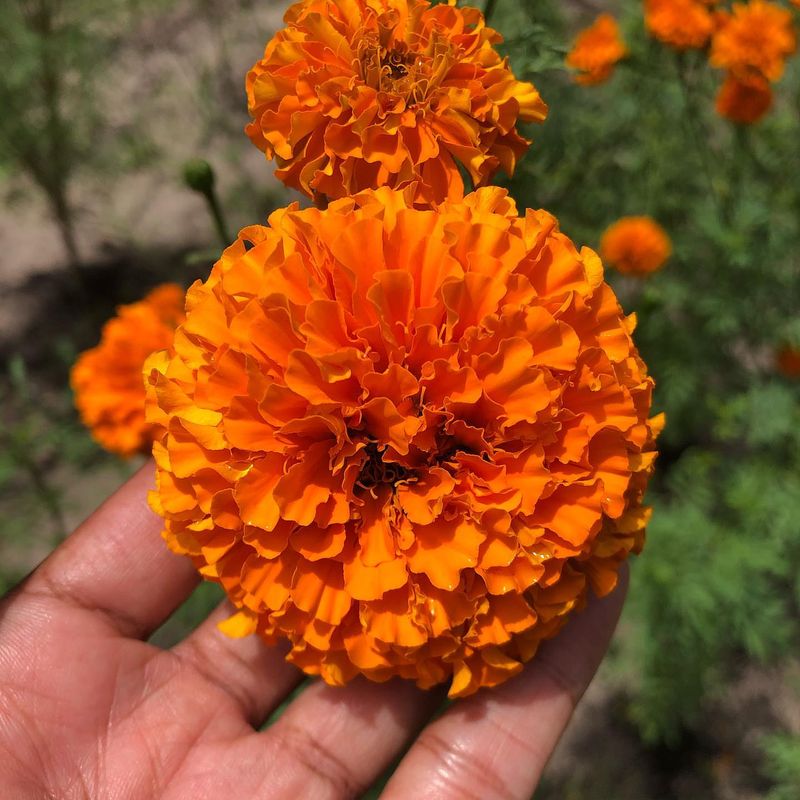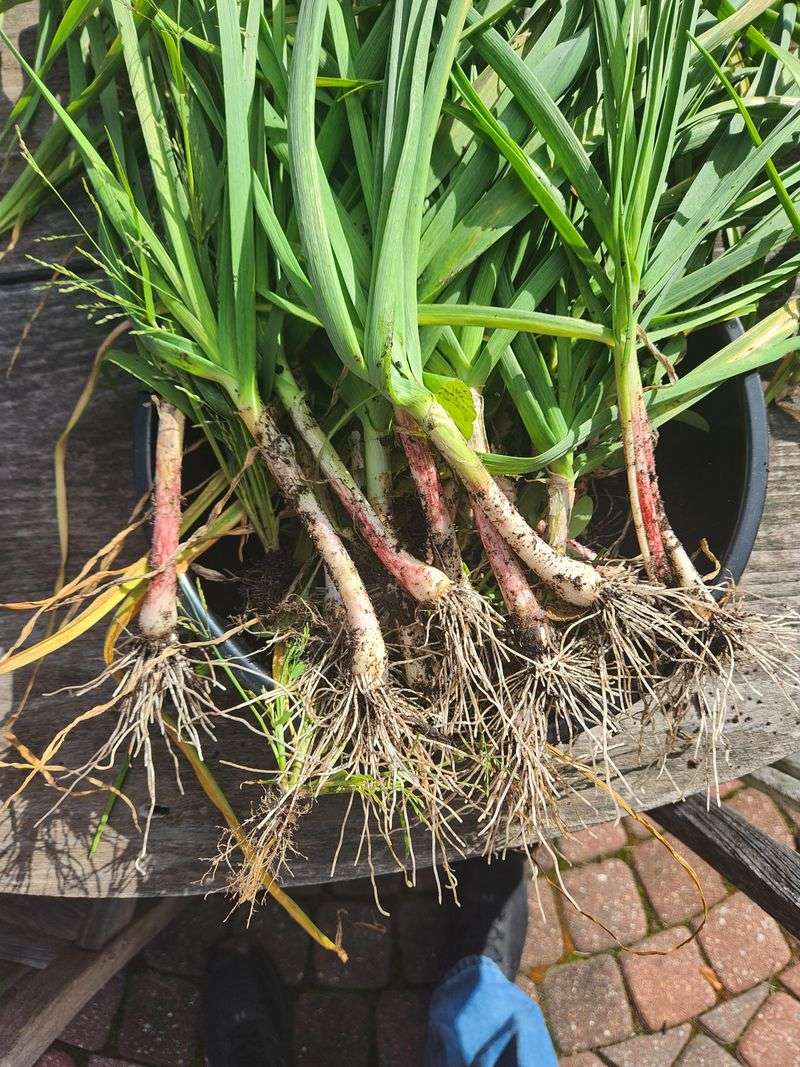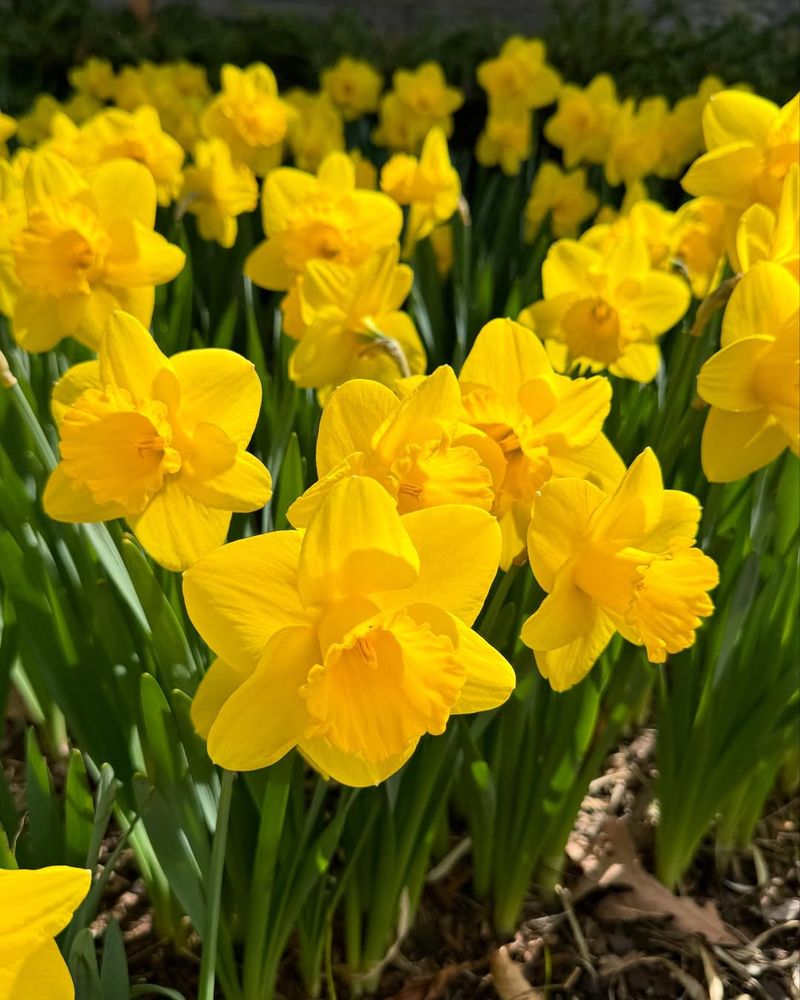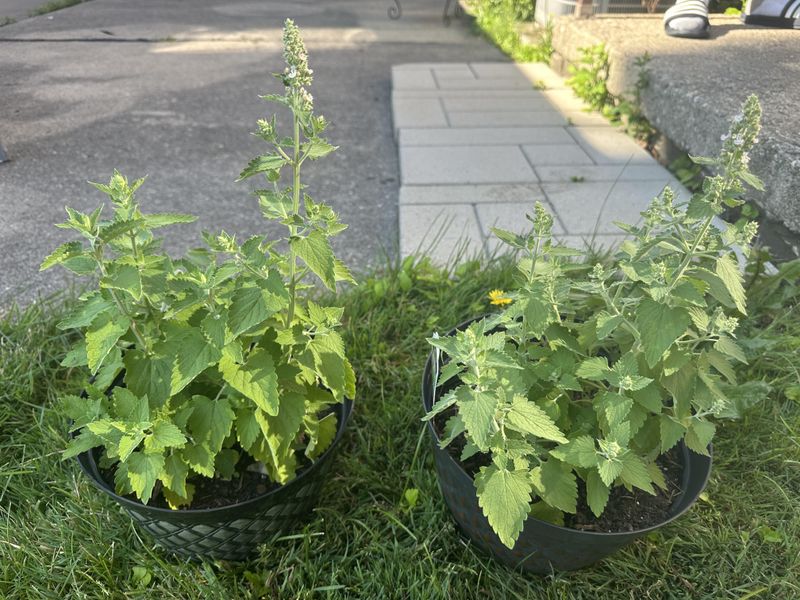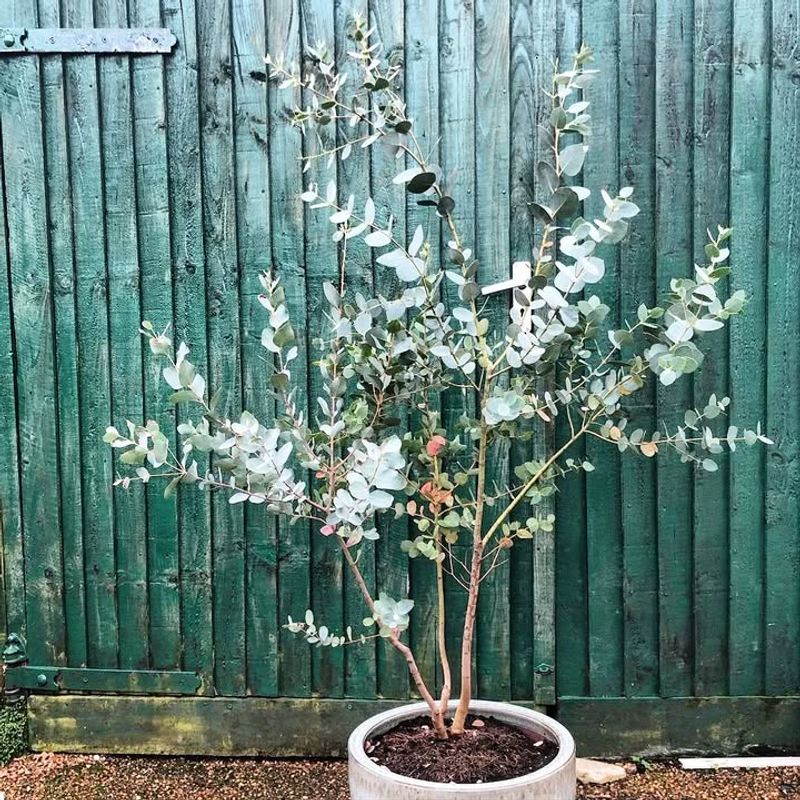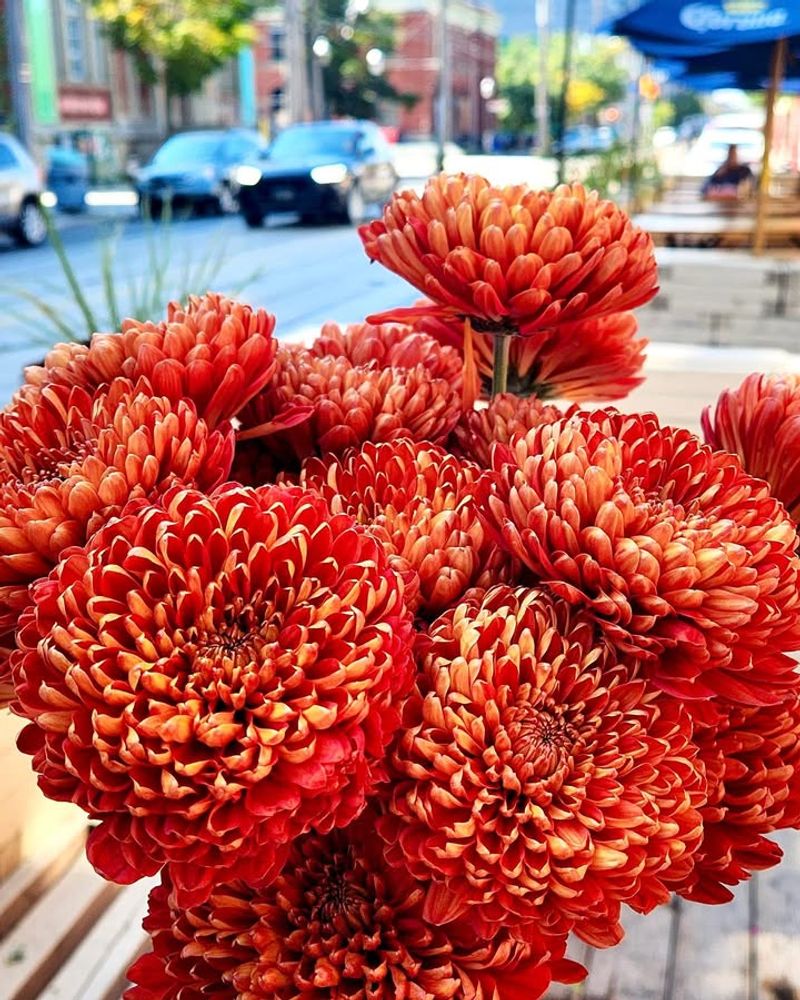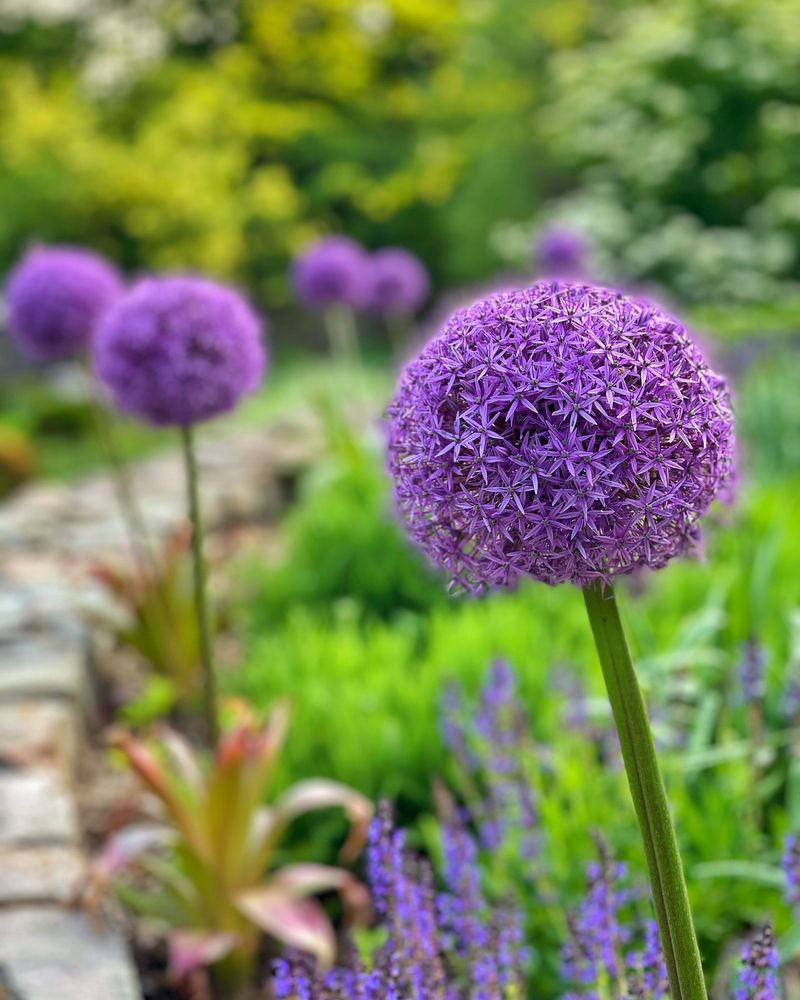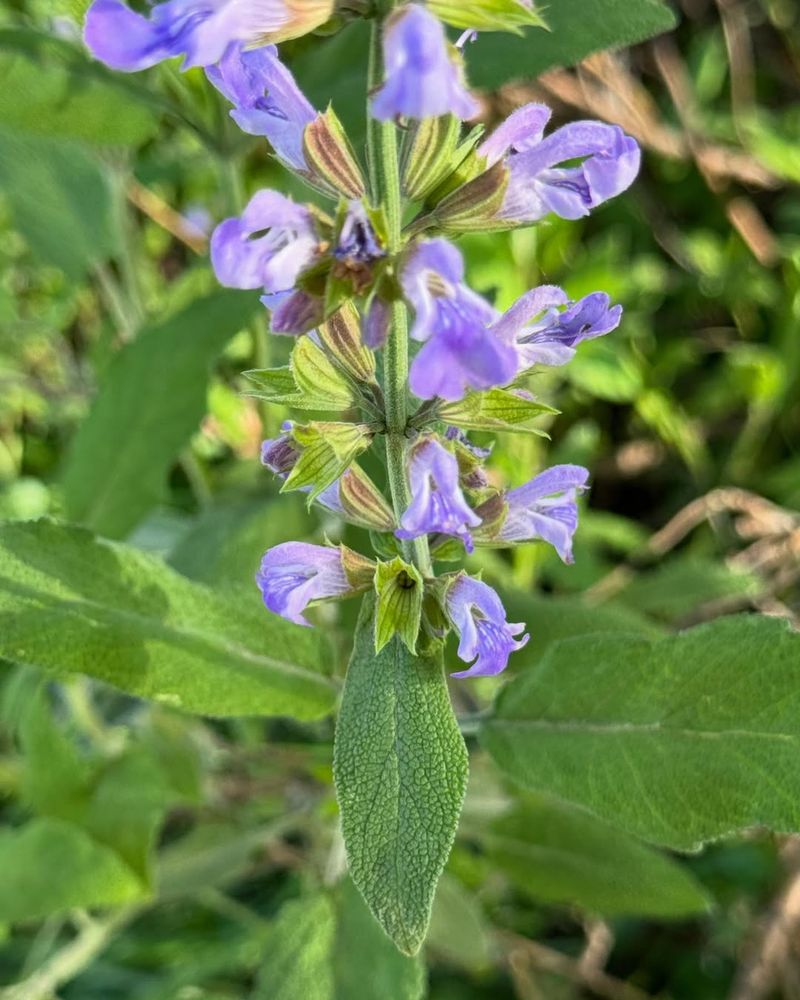Dealing with mice in your Florida yard can be frustrating, but nature offers some helpful solutions. Certain plants give off scents and oils that mice find unpleasant, making them think twice about setting up camp near your home.
Planting these natural deterrents around your property creates a barrier that protects your space while adding beauty to your landscape.
1. Peppermint
Strong menthol aromas make peppermint one of the most effective natural mouse repellents available. Mice absolutely hate the intense smell that humans find refreshing and pleasant.
Growing peppermint around your yard creates invisible scent barriers that keep rodents away. The plant thrives in Florida’s climate and spreads quickly, giving you more coverage.
Place peppermint near entry points like foundation cracks or garden sheds for maximum protection against unwanted visitors.
2. Lavender
Beautiful purple blooms make lavender a dual-purpose addition to any Florida landscape. While we love the calming fragrance, mice find it overwhelming and avoid areas where lavender grows abundantly.
Florida’s sunshine provides perfect conditions for lavender to flourish and release its protective oils. The plant requires minimal maintenance once established in well-drained soil.
Dried lavender bundles placed near potential mouse entry points boost your defense strategy even further.
3. Rosemary
Woody stems and needle-like leaves make rosemary instantly recognizable in any garden. This Mediterranean herb adapts wonderfully to Florida’s warm weather while producing strong scents that mice desperately want to escape.
Your cooking benefits from fresh rosemary while your yard stays rodent-free. The plant grows into substantial bushes that create physical and aromatic barriers simultaneously.
Position rosemary plants along pathways or near outdoor dining areas for double duty protection.
4. Marigolds
Cheerful orange and yellow blooms brighten gardens while secretly working as pest control agents. Marigolds produce a pungent odor that mice find repulsive, though most people barely notice it.
These annual flowers grow easily from seed and bloom throughout Florida’s long growing season. Their root systems also release substances into soil that discourage various pests.
Border your vegetable gardens with marigolds to protect produce from hungry rodents seeking easy meals.
5. Garlic
Few scents repel mice more effectively than the sharp, sulfurous smell of garlic plants. Even before harvest, growing garlic releases compounds through its leaves that create no-go zones for rodents.
Florida gardeners can grow garlic during cooler months for best bulb development. The plants require little space and provide culinary rewards alongside pest protection.
Interplanting garlic throughout your landscape multiplies its mouse-deterring effects across your entire property.
6. Daffodils
Springtime brings cheerful yellow daffodils that mice instinctively avoid due to toxic alkaloids in all plant parts. Rodents seem to recognize the danger and steer clear of areas where daffodils bloom.
These perennial bulbs naturalize easily in North and Central Florida gardens. Once planted, they return year after year without requiring replanting or special care.
Create daffodil borders around vulnerable areas like compost bins where mice might otherwise investigate for food sources.
7. Catnip
Your feline friends love catnip, but mice absolutely despise it. The same chemical that attracts cats sends rodents running in the opposite direction immediately.
Catnip grows aggressively in Florida, spreading to fill available space with mouse-repelling foliage. The plant tolerates heat and humidity while producing leaves you can dry for your cats.
Strategically plant catnip near buildings and structures where mice might attempt to find shelter during storms or cold snaps.
8. Eucalyptus
Aromatic oils from eucalyptus leaves create powerful barriers against rodent invasions. The camphor-like scent overwhelms mice’s sensitive noses, making them seek shelter elsewhere.
Several eucalyptus varieties thrive in Florida’s climate, growing into attractive trees or large shrubs. Their evergreen nature provides year-round protection without seasonal gaps.
Crushing fresh leaves and scattering them in problem areas amplifies eucalyptus’s natural mouse-repelling properties when you need extra defense.
9. Chrysanthemums
Fall-blooming chrysanthemums contain pyrethrin, a natural compound used in many commercial pest repellents. Mice recognize this chemical threat and avoid chrysanthemum plantings instinctively.
Florida gardeners enjoy chrysanthemums during cooler months when these flowers perform best. The plants produce abundant blooms that beautify landscapes while working as natural pest control.
Potted chrysanthemums can be moved to different locations as needed, creating flexible defense systems around your property.
10. Alliums
Ornamental onions produce stunning spherical flowers while releasing onion-family scents that mice find intolerable. Their tall stalks and dramatic blooms make bold statements in garden designs.
Various allium species adapt well to Florida conditions, offering options for different landscape styles. The bulbs multiply over time, expanding your natural rodent protection system automatically.
Mixing alliums with other flowering plants creates layered defenses that confuse and repel mice more effectively than single-plant strategies.
11. Sage
Velvety leaves release aromatic oils that season food perfectly while keeping mice at bay. Sage thrives in Florida’s warmth, producing continuous growth that maintains protective scent levels.
Both culinary and ornamental sage varieties offer mouse-repelling benefits for your landscape. The plants tolerate drought once established, making them low-maintenance pest deterrents.
Rubbing sage leaves between your fingers releases extra oils, intensifying the protective barrier around areas where you notice mouse activity.

